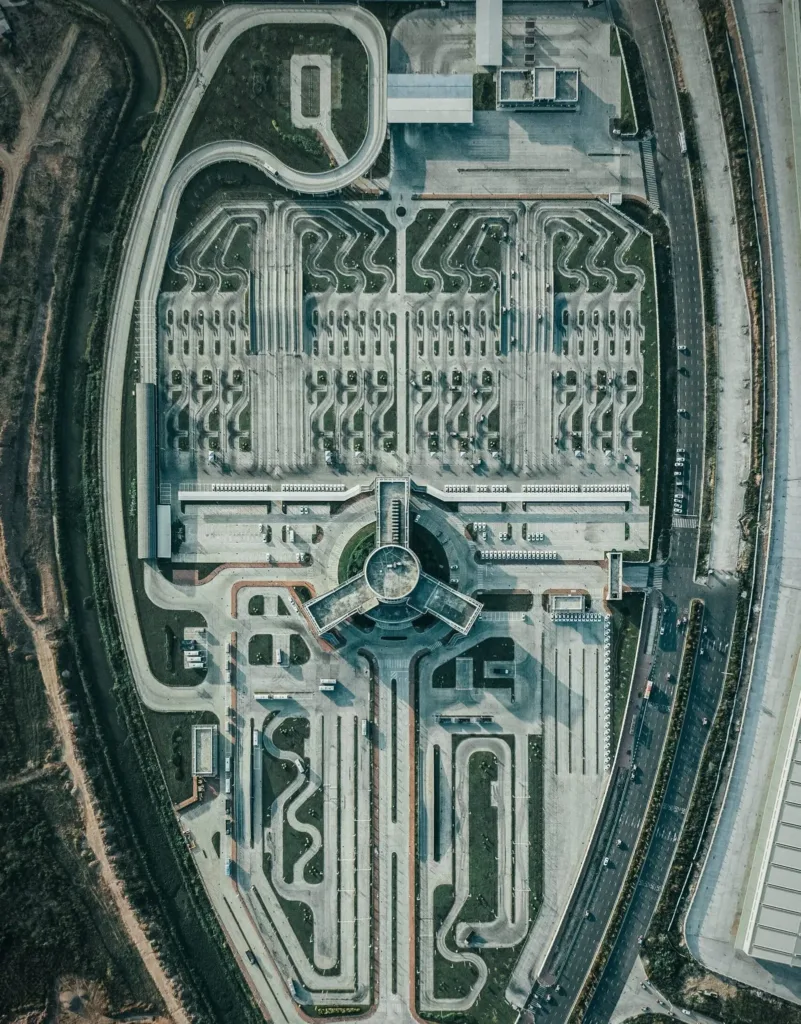The Power of Integration: AI, OR, and Business Engineering
Business engineering has historically focused on creating efficient, scalable systems to achieve organizational goals. Operations Research has been its backbone, employing mathematical models like linear programming and simulation to optimize processes. However, the sheer volume and complexity of modern data have exposed the limitations of OR alone. AI, with its ability to process vast datasets, identify patterns, and predict outcomes, complements OR perfectly. Together, they elevate business engineering to new heights:
- AI’s Strengths: AI excels in predictive analytics, pattern recognition, and automation. It can analyse real-time data to forecast demand, detect anomalies, or personalize customer experiences.
- OR’s Strengths: OR provides rigorous optimization techniques—such as resource allocation, scheduling, and network design—to ensure decisions are mathematically sound and resource-efficient.
- Business Engineering’s Role: This discipline integrates AI and OR into cohesive, scalable systems aligned with strategic objectives, ensuring practical implementation across an organization.
This synergy shifts businesses from reactive to proactive strategies. For instance, a retailer facing fluctuating demand could use AI to predict sales trends and OR to optimize inventory and staffing, with business engineering embedding these solutions into a resilient operational framework.
Redefining Scalability and Efficiency
The integration of AI and OR redefines scalability and efficiency in business engineering by enabling systems that adapt and grow with minimal friction:
Scalability
- Dynamic Adaptation: AI-driven insights allow systems to adjust to changing conditions—like market shifts or supply chain disruptions—in real time.
- Modular Design: Business engineering leverages OR to create modular processes that scale efficiently, adding capacity without overhauling existing infrastructure.
- Global Reach: AI and OR enable consistent performance across geographies by optimizing localized operations within a unified framework.
Efficiency
- Resource Optimization: OR ensures minimal waste in time, money, and materials, while AI identifies inefficiencies hidden in complex datasets.
- Automation: AI automates repetitive tasks, freeing human resources for strategic work, with OR fine-tuning the automation’s scope and impact.
- Decision Speed: Real-time data processing and optimization reduce decision-making latency, a critical edge in competitive markets.
This dual approach creates systems that not only handle current demands but also anticipate and scale for future growth, all while maximizing efficiency.
Practical Applications: Real-World Transformations
The impact of integrating AI and OR into business engineering is already evident across industries. Here are three compelling examples:
- Retail: Demand Forecasting and Inventory Management
A national retailer struggled with overstocking and stockouts due to unpredictable demand. AI analysed historical sales, weather, and social media trends to forecast demand with 90% accuracy. OR optimized inventory levels and distribution routes, cutting costs by 15%. Business engineering integrated these tools into a scalable inventory system, reducing waste and improving customer satisfaction nationwide.
- Logistics: Route and Fleet Optimization
A logistics firm faced rising fuel costs and delivery delays. AI predicted traffic patterns and customer demand spikes, while OR optimized fleet schedules and routes, reducing fuel use by 20% and improving on-time deliveries by 30%. Business engineering redesigned the logistics network, ensuring the solution scaled across regions and adapted to seasonal peaks.
- Energy: Grid Management
An energy provider needed to balance supply and demand across a smart grid. AI predicted consumption patterns based on weather and usage data, and OR optimized power distribution to minimize outages and costs. Business engineering embedded these capabilities into a flexible grid management system, enhancing reliability and efficiency as demand grew.
These cases highlight how AI and OR, guided by business engineering, deliver measurable gains in scalability and efficiency, tailored to industry-specific needs.
The Mechanics of Integration
To achieve these outcomes, the integration process follows a structured approach:
- Data Foundation: High-quality, accessible data is critical. AI requires robust datasets to train models, while OR needs precise inputs for optimization.
- Model Development: AI builds predictive models (e.g., machine learning algorithms), and OR constructs optimization models (e.g., integer programming).
- System Design: Business engineering designs workflows that combine AI predictions with OR optimizations, ensuring seamless operation.
- Implementation: The integrated solution is deployed, often with automation tools, and monitored for performance.
- Iteration: Feedback loops refine the system, leveraging AI’s learning capabilities and OR’s adaptability.
For example, in a manufacturing plant, AI might predict equipment failures, OR could schedule maintenance to minimize downtime, and business engineering would integrate these into a production system that scales across multiple facilities.
The Future: Emerging Trends and Opportunities
As technology advances, the integration of AI and OR into business engineering will evolve, driven by:
- Generative AI: Beyond predictions, AI will design new processes or business models, accelerating innovation.
- Quantum Computing: This will solve complex optimization problems—like multi-variable supply chain logistics—faster than classical methods, boosting efficiency.
- Real-Time Systems: IoT and edge computing will enable instantaneous AI-OR decisions, such as dynamic pricing or predictive maintenance.
These trends promise systems that are not only efficient and scalable but also innovative and adaptive, positioning businesses to lead in a hyper-connected world.
Challenges to Overcome
Despite its potential, this integration faces hurdles:
- Data Challenges: Poor data quality or siloed systems can undermine AI and OR effectiveness. Robust data governance is essential.
- Skill Shortages: Expertise in AI, OR, and business engineering is rare, requiring investment in training or specialized teams.
- Resistance to Change: Adopting these technologies often demands cultural and operational shifts, necessitating strong change management.
Addressing these challenges unlocks vast opportunities for businesses to gain a competitive edge through superior scalability and efficiency.
Conclusion: A New Standard for Business Engineering
The future of business engineering lies in the seamless integration of AI and Operations Research. This powerful combination redefines scalability and efficiency, enabling organizations to build systems that are predictive, optimized, and adaptable. From transforming supply chains to enhancing customer experiences, the applications are limitless.
Businesses that embrace this paradigm will not only navigate today’s complexities but also shape tomorrow’s opportunities. By leveraging AI’s predictive power, OR’s optimization rigor, and business engineering’s systemic approach, enterprises can achieve optimal performance—setting a new benchmark for success in an increasingly dynamic world.

















